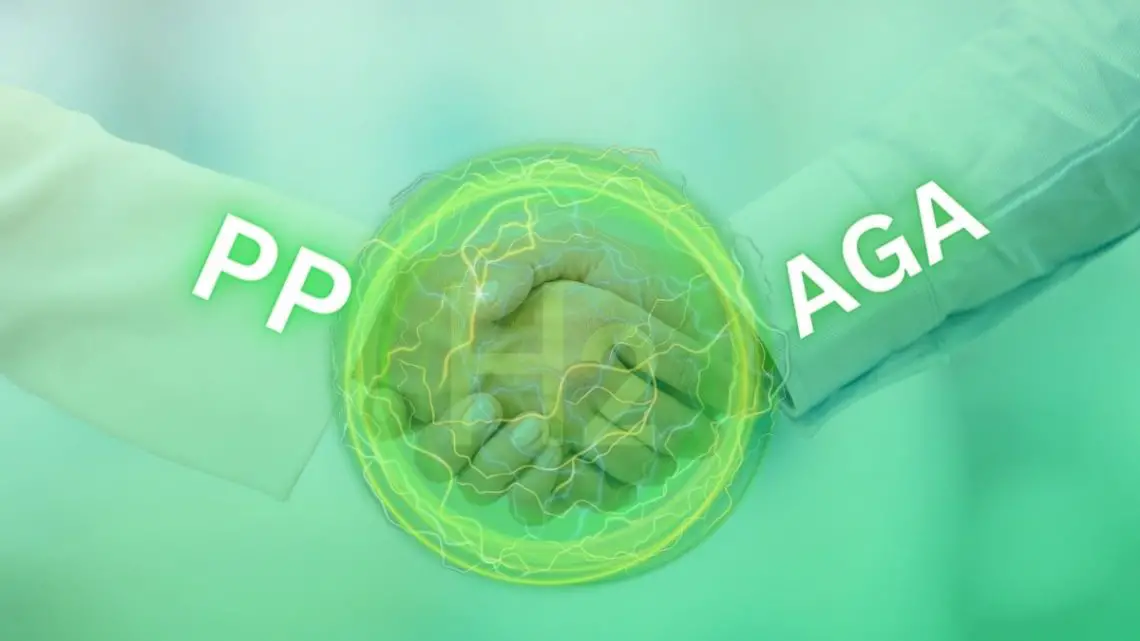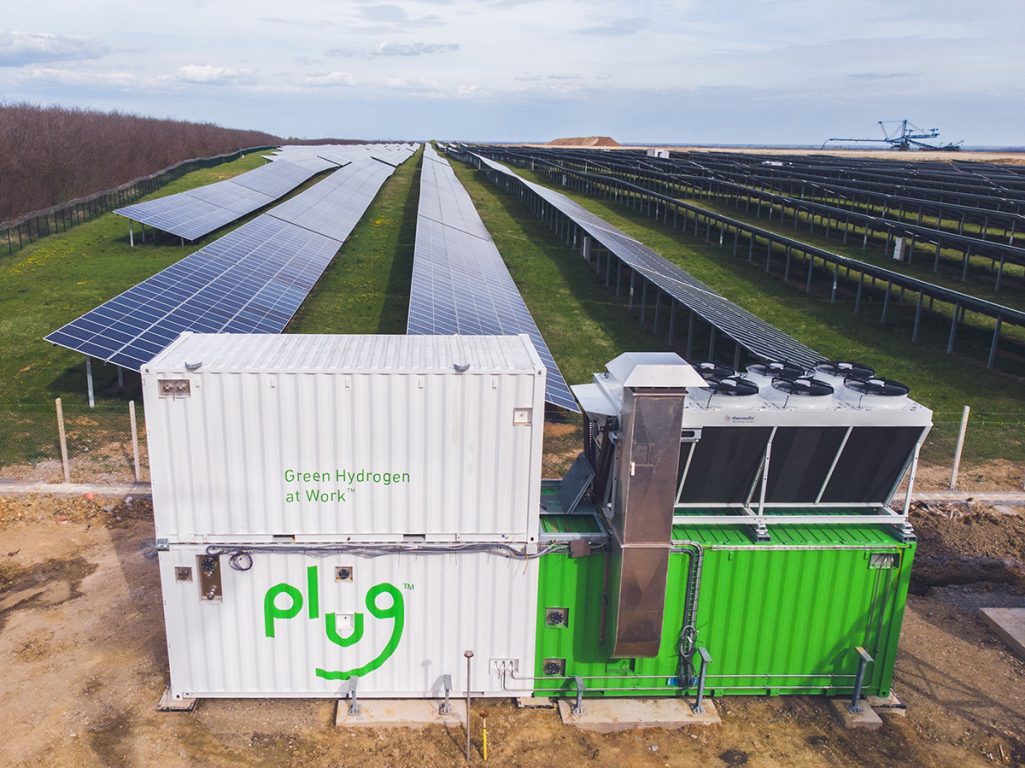
Plug Power and AGA team up for green ammonia production in Australia
May 9, 2024Plug will supply its electrolyzers to be used at a world-class facility.
US-based green hydrogen solutions leader, Plug Power Inc. (NASDAQ: PLUG), announced it has signed a memorandum of understanding (MOU) with Australian company, Allied Green Ammonia (AGA), which excels at producing green ammonia. The collaboration will see Plug Power supply as much as 3 gigawatts (GW) of electrolyzer capacity for a hydrogen to ammonia facility that AGA currently has in the works.
The proposed location for the facility was strategically chosen.
The hydrogen to green ammonia facility has been proposed for the Northern Territory of Australia, Gove Peninsula. Here, it can reportedly tap into abundant energy resources and strong energy infrastructure and is strategically aligned with Asia’s trading partnerships.
More to the point, the location of the production facility is geographically positioned to meet the growing needs of Allied Green Ammonia’s intended customers. It will supply these customers with a secure and reliable source of renewably produced ammonia from the region.
A 2500 metric TPD green ammonia process.
AGA’s upcoming hydrogen to ammonia plant will operate a 2500 metric ton-per-day (TPD) green ammonia process. According to a recent Plug Power news release, green hydrogen generated by Plug’s electrolyzers can aid in decarbonizing the process of producing ammonia. This is achieved by displacing Steam Methane Reforming (SMR) techniques. The company’s pressurized (40 bar) electrolyers also reduce downstream compression requirements. Moreover, due to the electrolyzers’ high-temperature combustion capability, the extracted oxygen from electrolysis-based H2 can improve efficiency in furnaces and in industrial power plants.

Plug Electrolyzer System – ELX 1200 – Image Source: Plug Power
“Ammonia producers have recognized the substantial advantages of cost and carbon reduction through electrolysis-based hydrogen,” said Andy Marsh, Plug Power CEO.
Marsh added that Plug’s expertise in building and operating large-scale H2 production facilities and their PEM electrolyzer manufacturing capability makes them an ideal partner to support AGA’s 3GW project. The 3GW electrolyzer supply is slated to begin delivery in the first quarter of 2027.
Why green ammonia?
 Green ammonia results from a process where ammonia is 100% renewable and carbon-free. One way to produce this clean ammonia is by using hydrogen from water electrolysis and nitrogen separated from the air. Many believe that renewably sourced ammonia can be a significant clean fuel source for producing energy and powering ships among other solutions and applications.
Green ammonia results from a process where ammonia is 100% renewable and carbon-free. One way to produce this clean ammonia is by using hydrogen from water electrolysis and nitrogen separated from the air. Many believe that renewably sourced ammonia can be a significant clean fuel source for producing energy and powering ships among other solutions and applications.
Once up and running, AGA’s facility is anticipated to be one of the world’s most energy efficient green hydrogen and green ammonia projects.
FAQs about Green Ammonia
1. What is Green Ammonia?
Green ammonia is produced by using renewable energy sources, such as wind or solar power, to electrolyze water into hydrogen and oxygen, then combining the hydrogen with nitrogen extracted from the air. This process is carbon-free, making green ammonia a more environmentally friendly alternative to conventional ammonia produced from fossil fuels.
2. Why is Green Ammonia important?
Green ammonia is significant for several reasons. Primarily, it offers an eco-friendly solution to producing ammonia without emitting carbon dioxide, thus reducing greenhouse gas emissions. It has potential uses in various sectors including agriculture, energy, and transportation, especially as a clean fuel source that could help decarbonize industries and transport systems globally.
3. What industries could benefit from Green Ammonia?
Though most commonly associated with the agricultural sector as a key ingredient in fertilizer, green ammonia also has potential applications in other industries. These include its use as a clean energy carrier, in power generation, and as a maritime fuel. Additionally, its role in the emerging hydrogen economy could see it used across various sectors seeking to reduce carbon emissions.
4. How is Green Ammonia made?
The production of green ammonia involves two main steps. First, water is split into hydrogen and oxygen through a process called electrolysis, powered by renewable energy sources. Then, the hydrogen is synthesized with nitrogen (extracted from the air) in a Haber-Bosch reactor, resulting in ammonia without any carbon emissions.
5. What are the challenges facing Green Ammonia production?
Despite its potential, green ammonia faces challenges including high production costs primarily due to the expense of renewable energy-powered electrolysis. There’s also a need for substantial investment in infrastructure to support large-scale production, distribution, and utilization. Additionally, technological advancements are required to increase efficiency and make green ammonia commercially competitive with traditional ammonia.
6. Is Green Ammonia safe to transport and use?
Yes, green ammonia can be safely transported and used with proper handling and safety measures, similar to those implemented for conventional ammonia. It can be liquified for easier transportation or stored as a gas under pressure. Its safety largely depends on the containment measures and protocols established during storage and transport, which are well-understood and regulated.
7. How does Green Ammonia contribute to a sustainable future?
By offering a cleaner alternative to fossil-fuel-derived ammonia, green ammonia plays a crucial role in reducing global carbon emissions. Its versatility as both a fuel and an energy carrier means it could significantly contribute to the decarbonization of several industries, including agriculture, energy, and shipping, thus supporting broader efforts towards achieving a sustainable, low-carbon future.



 With over 15 years of reporting hydrogen news, we are your premier source for the latest updates and insights in hydrogen and renewable energy.
With over 15 years of reporting hydrogen news, we are your premier source for the latest updates and insights in hydrogen and renewable energy.